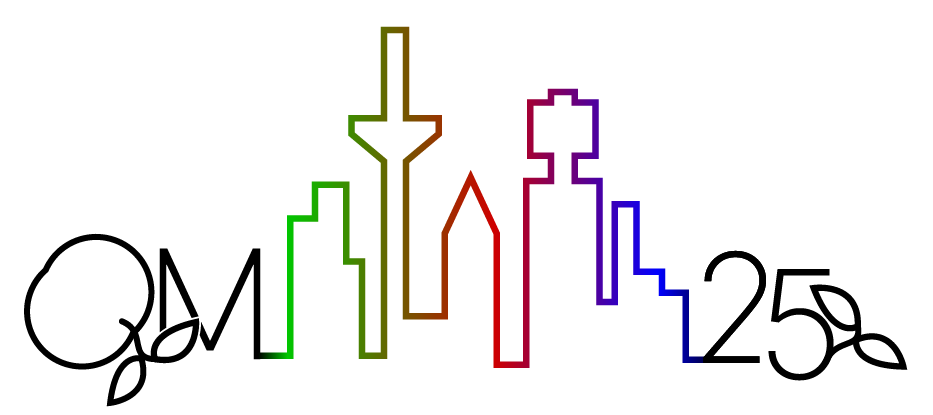Speaker
Description
Understanding the properties of hypernuclei is crucial for constraining the nature of hyperon-nucleon ($Y\text{-}N$) interactions, which plays a key role in determining the inner structure of compact stars. The lightest (anti-)hypernuclei are the hypertriton ($^3_\Lambda\text{H}$), which consists of a pair of nucleons and a $\Lambda$ hyperon, and its anti-nucleus (${^3_{\bar{\Lambda}}}\overline{\rm H}$). Significant knowledge has recently been acquired regarding the mass, lifetime, and binding energy of $^3_\Lambda\text{H}$. However, its exact spin, whether $\frac{1}{2}$ or $\frac{3}{2}$, remains undetermined in both experimental and theoretical studies. Here, we present a novel method of using the hypertriton global polarization in heavy-ion collisions to decipher not only its total spin but also its internal spin structure. This method is based on the finding that its three different spin structures exhibit distinct beam energy dependence of its global polarization when it is produced in these collisions from the coalescence of proton, neutron and $\Lambda$. Future observations of the (anti-)hypertriton global polarization thus provide the opportunity to unveil the spin structure of (anti-)hypertriton and its production mechanism in heavy-ion collisions.
| Category | Theory |
|---|
